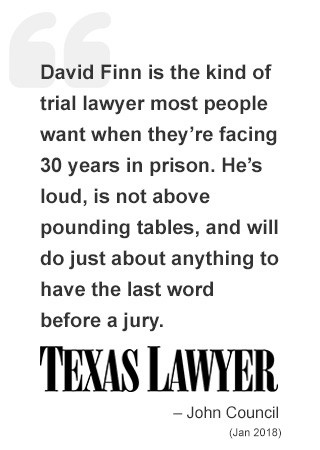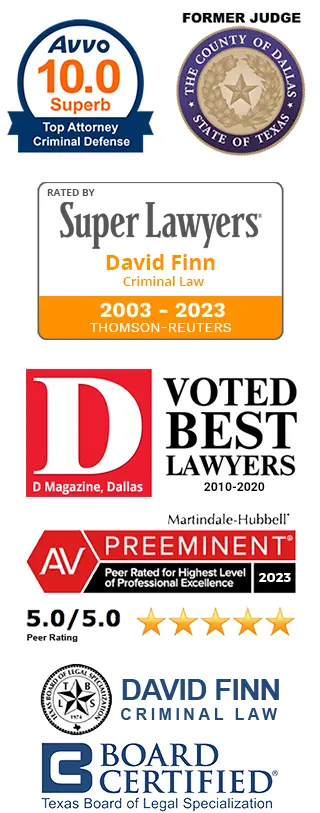


Getting Out Early-Federal Prison Drug Program
GETTING OUT EARLY:
BUREAU OF PRISONS DRUG PROGRAM
By Alan Ellis and J. Michael Henderson
The Federal Bureau of Prisons provides a very specialized program which can benefit offenders with substance abuse problems and, as an incentive, offers qualified offenders additional time off of their sentences beyond good conduct time. This program is known as the 500-hour Comprehensive Residential Drug Abuse Program (RDAP). Indeed, RDAP is the only mechanism by which federal inmates can now potentially receive a reduction in their sentence beyond earning good conduct time credit.
There is a broad category of offenders who are eligible for this program. Some of them will be eligible for early release benefit of up to 12 months (the BOP average is 8.5 months) and an extended halfway house and home confinement placement (usually 6 months) at the end of their sentence. 18 U.S.C. § 3621(e).
Eligibility for RDAP is determined by institutional case management, the RDAP coordinator, and psychology services staff. First, they look for verification of an inmate’s substance abuse problem, through a check of official documents available, which almost always includes the presentence investigation report.
Next, the offender must meet formal psychological diagnostic criteria. Again, Bureau of Prisons staff will look at official background documentation, such as the presentence report, for information that supports the diagnosis. The offender must not have a serious mental disorder which would interfere with the ability to successfully participate in RDAP. The program is voluntary and the eligible offender must sign a formal participation agreement.
In their excellent article in the March 2005 issue of The Champion. Todd Bussert and Joel Sickler note that once placed in BOP custody and within 36 months of release, a prisoner can request an eligibility interview. The submission of the request initiates the RDAP application and within a short period, the inmate should receive notice of an interview with either the institution’s RDAP coordinator or a drug treatment specialist or, if his or her facility does not offer RDAP, a member of the psychological services staff. The eligibility interview should ideally be scheduled within sufficient time for persons to be in RDAP within 27 months or more from projected release (sentence length less any pre-trial or anticipated good time credits).
As regards the interview itself, Messrs. Bussert and Sickler state:
The interview itself can be a source of extreme stress. Given the § 3621(e) incentive, as well as a general suspicion of prisoners, interviewers approach each applicant with an abundance of cynicism. An applicant can safely assume that no matter what appears in the presentence report, the interviewer will pose difficult questions and insist on knowing whether voluntary admission is sought in good faith to obtain treatment, or simply to secure a quicker return home. Customary inquiries include when applicants learned about the program, particularly about the § 3621(c) credit; whether attorneys advised them to exaggerate treatment needs when meeting with Probation; and exacting details about drug or alcohol use (e.g., when, how often, where, with whom, others’ awareness, etc).
Bussert and Sickler, Grid & Bear It: Bureau of Prisons Update: More Beds, Less Rehabilitation, The Champion, P. 42, 44(March 2005).
The RDAP program is available at many of the Bureau’s institutions, and for all security levels except High security at the federal penitentiaries. RDAP is currently in high demand, which sometimes necessitates the transfer of an offender from one facility to another where space is available. RDAP classes are called cohorts, as participants are housed together in designated quarters, rather than in quarters which also house non-RDAP inmates. These offenders are expected to spend a portion of each day to RDAP, with a part-time institutional work assignment. RDAP can be completed in as little as nine months, and optimally when offenders complete it they are transferred to community correctional centers (halfway houses) for transitional pre-release program assistance for up to six months.
When the inmate is within ten percent of his 3621(e) release date (full sentence length less good conduct time less reduction for successful completion of the RDAP in- and out-patient program), they are eligible for referral to home confinement.
The following category of inmates are not eligible for the RDAP program:
• INS detainees;
• Pre-trial inmates;
• Contractually boarders, (for example, D.C., State, or military inmates).
The following category of inmates are not eligible for early release:
• Inmates whose current offense is felony : http://www.bop.gov/
– That has an element, the actual, attempted, or threatened use of physical force against the person or property of another;
– That involved the carrying, possession, or use of a firearm or other dangerous weapon or explosives;
– That by its nature or conduct presents a serious potential risk of physical force against the person or property of another; or
– That by its nature or conduct involves sexual abuse offenses committed upon children;
٠ Inmates who have a prior felony or misdemeanor conviction for homicide, forcible rape, robbery, aggravated assault, or child sexual abuse offenses.
Alan Ellis is a nationally recognized authority in the fields of plea negotiations, sentencing, appeals, parole and prison matters, habeas corpus 2241 and 2255 petitions and international prisoner transfer treaties. For the past 30 years, he has successfully represented federal criminal defendants prisoners throughout the United States. He is a sought-after lecturer in criminal law education programs for attorneys and is widely published in the areas of federal sentencing and post conviction remedies, with more than 80 articles to his credit.
Mr. Ellis is
٠ Former President of the National Association of Criminal Defense Lawyers (NACDL)
٠ Former member of the Board of Directors of the National Council on Crime and Delinquency
٠ Fellow of the American Board of Criminal Lawyers
٠ Past President of the ACLU of Central Pennsylvania
٠ AV rated by Martindale-Hubbell – an AV Rating is Martindale-Hubbell’s highest ratings for attorneys. It shows that a lawyer has reached the height of professional excellence. He or she has usually practiced law for many years, and is recognized for the highest levels of skill and integrity.
For more information on this Program please contact David Finn at: 214.651.1121.
David Finn
Phone Numbers
Office: (214) 538-6629







